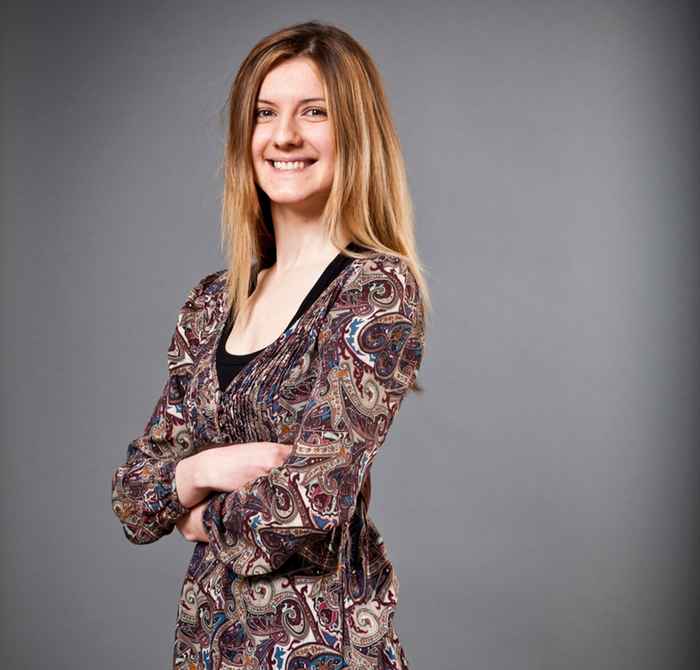I apologise for my behaviour: when shyness becomes a problem
19 January 2021

Almost everyone has experienced it at one time or another: all eyes are on us – for example during a presentation at work – and we suddenly feel shy. It's a normal – and even useful – response: it helps those around us feel more connected to us on a human level. However, excessive shyness can be a real source of problems.
So where do you draw the line between normal shyness and excessive shyness?
'You could also use the term dysfunctional or atypical shyness. For example, some people blush excessively, display extremely withdrawn behaviour or are afraid to speak at all. People who tend to be a bit shy – blushing, shy smiles – at the "right" moments (when they're holding a presentation, or receive a huge compliment) are considered "cute". However, extremely shy people are perceived as being "weird". I should point out that people who aren't shy at all tend to have the same reaction when the spotlight is on them. I'm assessing whether this also occurs in children as part of one of my partial studies. Are children who are atypically shy or children who aren't shy at all less well-liked by their peers?'
Just how much of a problem does extreme shyness really represent?
'We shouldn't underestimate the consequences. People become socially excluded, run the risk of mental disorders, struggle to form friendships and relationships and have a higher risk of physical illnesses, such as cardiovascular disease. Existing treatments are only partially effective. This is probably due to the fact that we only start treating shyness when children have already reached puberty, or adulthood. By that time, the problem will have become too serious. That's why I believe we need to identify and address the issue much earlier, in early childhood. Studies have shown that even babies smile shyly and that extreme shyness issues start around the age of two. One of my sub-studies aims to determine whether atypical shyness leads to social exclusion in early childhood. According to my theory, atypical shyness can cause disorders because it inhibits children from interacting with others. I believe parents also play an important role in the development of childhood shyness from a very early age.'
Can you tell us exactly what you'll be studying and how?
'We'll be conducting experimental studies in which we document parent-child interactions. The aim is to assess whether certain responses to children's behaviour trigger or reinforce displays of shyness. We'll then try to pinpoint exactly when atypical shyness first emerges. We will be monitoring parents and children over a longer period of time in order to determine exactly what happens and when. We'll start monitoring the children at 6 months, and subsequently meet them and their parents on two further occasions: once the child has reached the age of 1 and at age 2.'
So how will we be able to apply the research findings in practice?
'The study will help us to understand how and when atypical shyness arises and under what circumstances, and determine which children are at risk of developing the problem. We can then tackle the underlying causes and prevent the child from developing symptoms.'